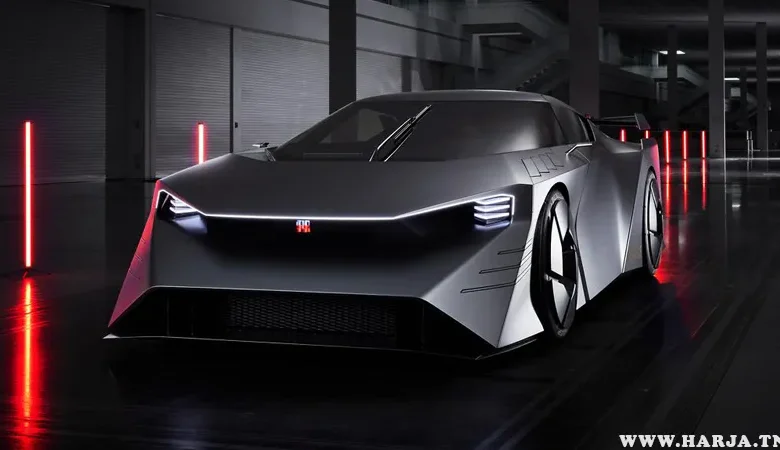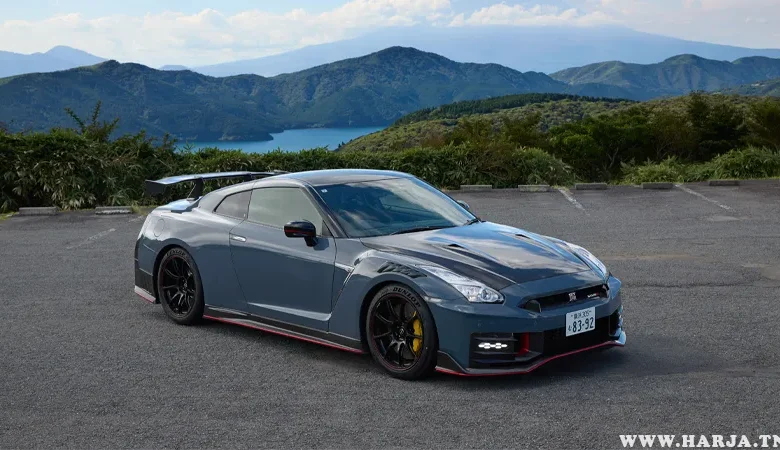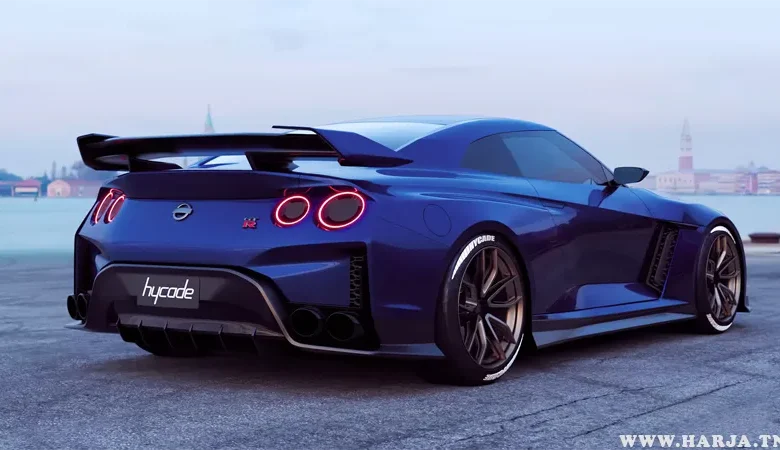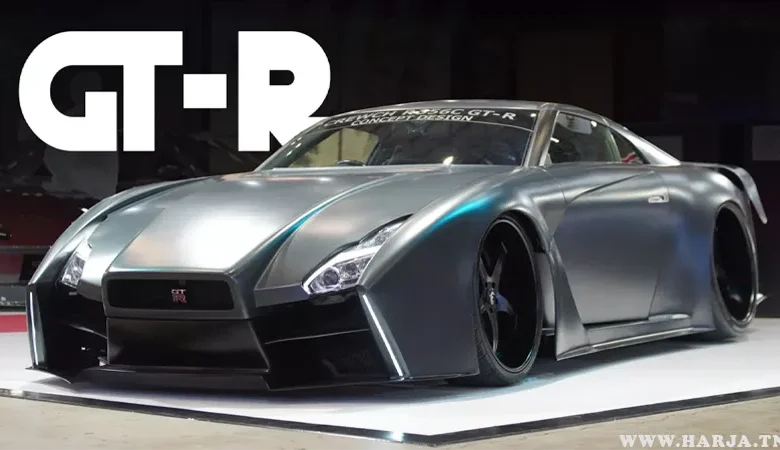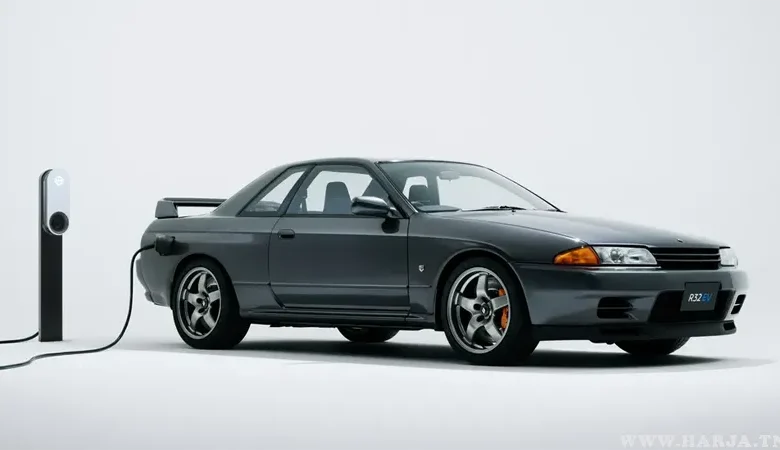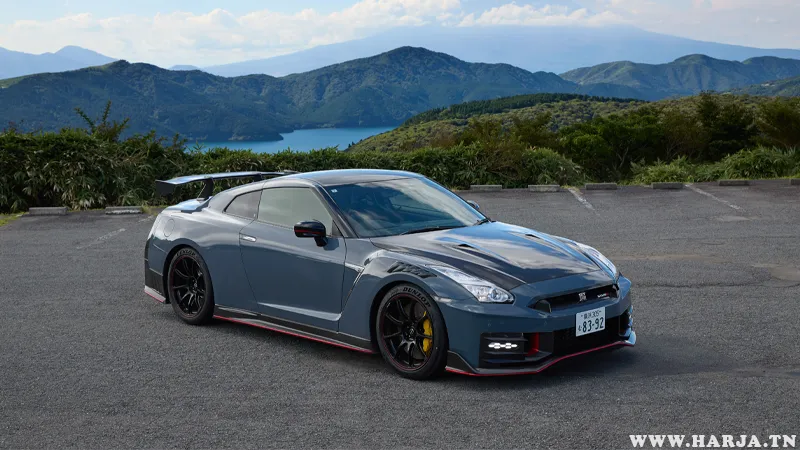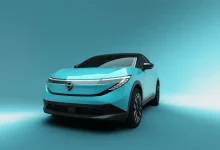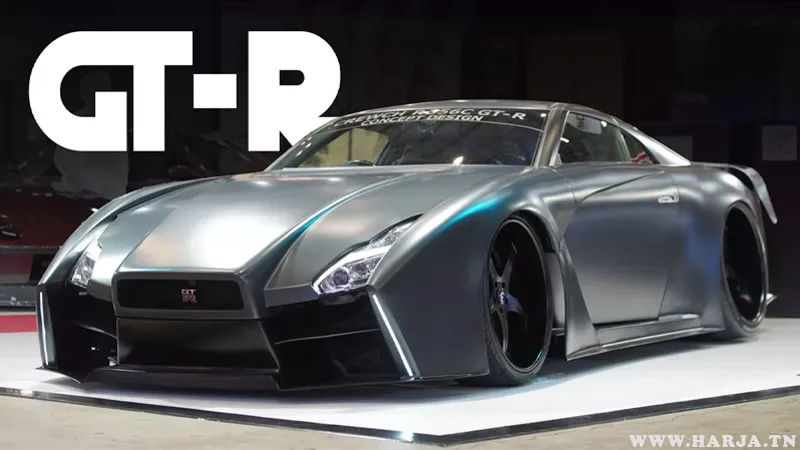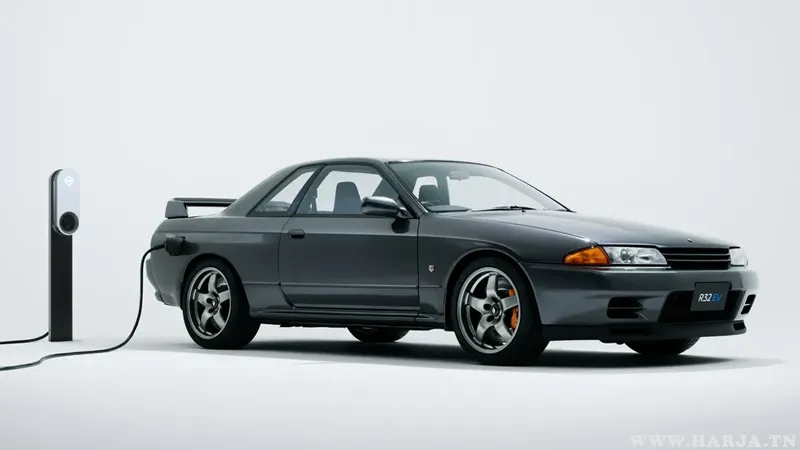Since its debut in 2007, the Nissan GT-R (R35) has captured the hearts of driving enthusiasts and performance purists around the globe. Dubbed “Godzilla” for its monstrous performance and dominating presence, the GT-R quickly became a legend. But after nearly two decades, the R35 era is finally coming to a close, leaving fans with one burning question: What’s next for the GT-R?
This article explores the highly anticipated return of Nissan’s iconic performance car, with insights into what the R36 generation will offer, when it’s expected to arrive, and how Nissan plans to take the GT-R into the future.
A Farewell to the R35
In 2025, Nissan officially ceased production of the R35 GT-R for several markets, including Japan. With its muscular 3.8-liter twin-turbocharged V6, the GT-R served as Nissan’s performance flagship and represented a technology marvel for its time. However, the automotive landscape is evolving rapidly with electrification, efficiency standards, and consumer expectations shifting.
Nissan knew it couldn’t simply retire the GT-R and walk away. Instead, the company is working meticulously on its rebirth—the R36 GT-R.
The R36: A Hybrid Beast
What can we expect from the R36? According to Nissan executives, the upcoming GT-R will not go fully electric—at least not yet. Instead, it will likely feature a plug-in hybrid powertrain. This strategy allows Nissan to retain the visceral excitement of a combustion engine while adding electric power for efficiency, torque, and everyday usability.
Engine Specs (Expected):
- Gas Engine: Twin-turbocharged V6 (possibly a variant of the VR38DETT or derived from the Nissan Armada)
- Electric Range: ~70 miles on battery power alone
- Total Power Output: Estimated between 700–800 hp
- Drivetrain: Advanced all-wheel drive with electric torque vectoring
This hybrid GT-R could outpace the current NISMO variant while offering a smoother, more eco-friendly drive when needed.
Why Not Fully Electric?
One major reason Nissan opted for a hybrid rather than a full EV is performance consistency. In early prototype testing, Nissan discovered that electric-only GT-R concepts struggled with sustained high-speed track driving. For example, one all-electric prototype couldn’t complete a full lap of the Nürburgring without overheating or draining its battery.
Hybrid technology offers the best of both worlds—silent commuting and brutal acceleration—while sidestepping the limitations of today’s battery technology.
A Modern Take on a Timeless Design
Expect the R36 to remain unmistakably GT-R in its styling—brutal, aggressive, and aerodynamic. Nissan has hinted at a design philosophy that emphasizes function over form, with improved airflow, active aerodynamics, and reduced drag.
Design Highlights:
- Wider stance and lower profile
- Advanced LED lighting with dynamic turn signals
- Carbon fiber roof and hood for reduced weight
- Digital aero components (adjustable spoilers and vents)
Inside, the GT-R will take a quantum leap forward in terms of cabin tech and luxury.
Tech-Loaded Interior
The R35’s interior was functional but dated. The R36 is expected to modernize the cabin with a high-resolution infotainment system, voice control, and performance-focused features.
Interior Expectations:
- Augmented Reality Head-Up Display (AR HUD)
- Digital instrument cluster with track mode
- Recaro sport seats with integrated heating/cooling
- Lightweight materials including Alcantara and carbon fiber
Timeline: When Will It Arrive?
While Nissan hasn’t confirmed an exact date, sources indicate that the R36 GT-R will likely debut between late 2027 and early 2028, making it a 2028 or 2029 model-year car. Multiple concepts or prototypes could be revealed as early as 2026, offering fans a glimpse of what’s to come.
Nissan’s strategy is to wait until its solid-state battery development and hybrid technology are refined enough to match the GT-R’s brutal standards.
Competition Heats Up
By the time the R36 arrives, the performance market will be crowded with electrified options. Nissan will face stiff competition from the likes of:
- Porsche 911 Turbo Hybrid
- Chevrolet Corvette E-Ray
- BMW M Hybrid lineup
- Tesla Roadster (if it ever launches)
But Nissan’s ace up its sleeve is value. The GT-R has always undercut its rivals in pricing while delivering comparable (or better) performance.
Nissan Hyper Force: The All-Electric Future?
While the R36 will be hybrid, Nissan is already thinking about the fully electric GT-R of the future. The Nissan Hyper Force concept, revealed at the 2023 Japan Mobility Show, gave a bold look into what a next-gen EV GT-R might offer:
- 1,341 horsepower from dual motors
- Solid-state battery pack
- Four-wheel torque vectoring
- Lightweight carbon chassis
If solid-state batteries mature by 2028–2030 as Nissan hopes, this concept could become the R37 GT-R, the first true electric Godzilla.
Pricing: How Much Will It Cost?
Pricing is speculative for now, but insiders suggest the R36 GT-R could start around $130,000–$150,000. That positions it well below exotic brands while offering similar or better performance.
Higher-performance trims like a future NISMO R36 could easily stretch to $200,000, especially with carbon options and race-ready packages.
Final Thoughts: The Return of a Legend
Nissan isn’t rushing the GT-R’s return—and that’s a good thing. The R36 promises to be a proper evolution of everything that made the R35 so great while preparing the platform for an electrified future. With a powerful hybrid drivetrain, cutting-edge tech, and iconic styling, the next GT-R will be ready to reclaim its throne.
Whether you’re a longtime fan or a newcomer to the Godzilla fandom, one thing’s clear: the legend isn’t over—it’s just evolving.
